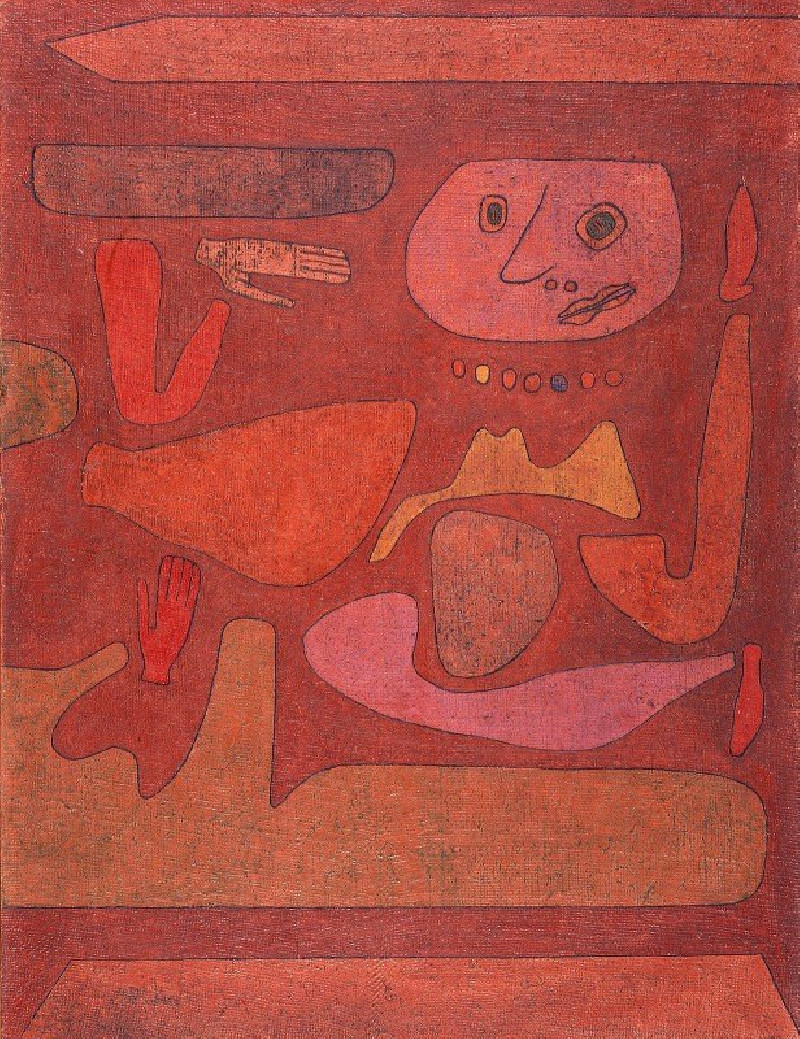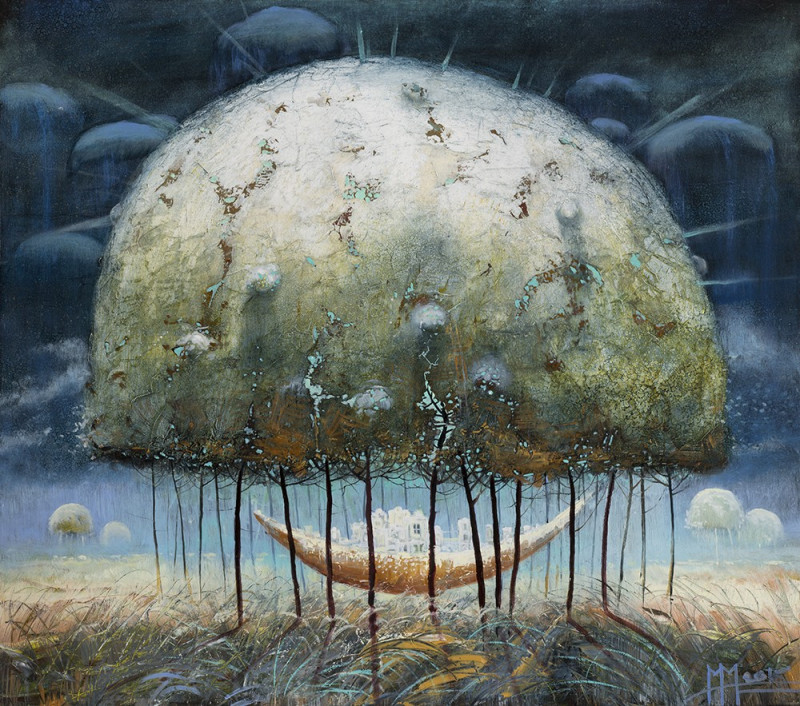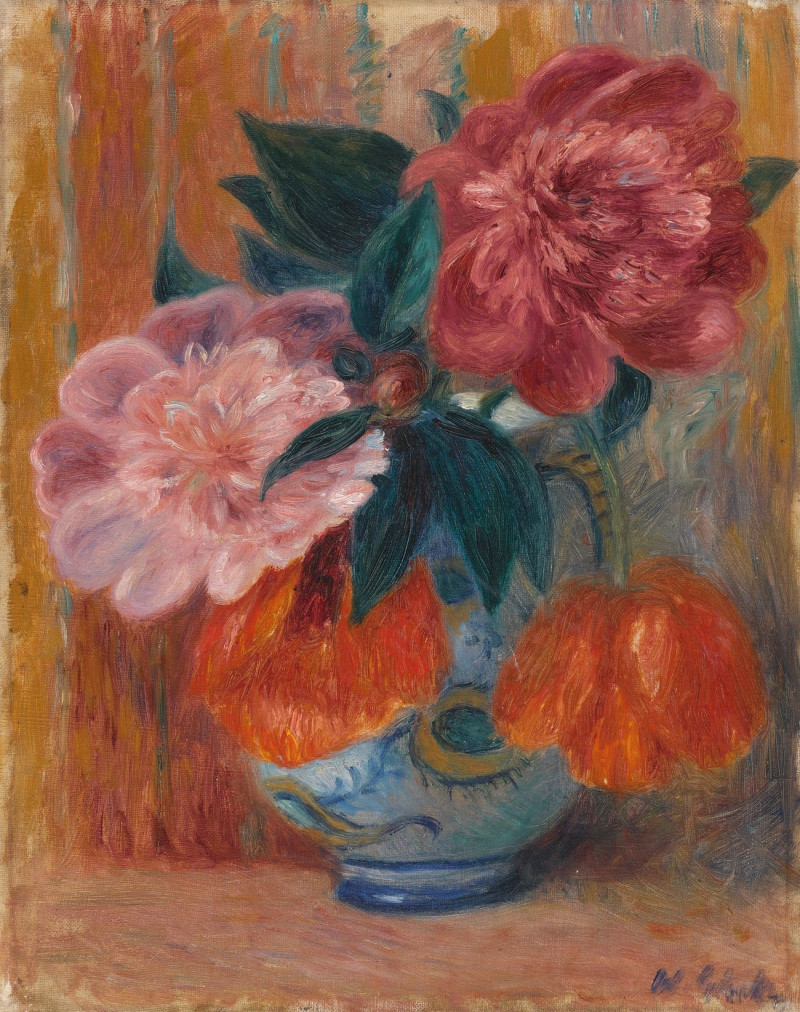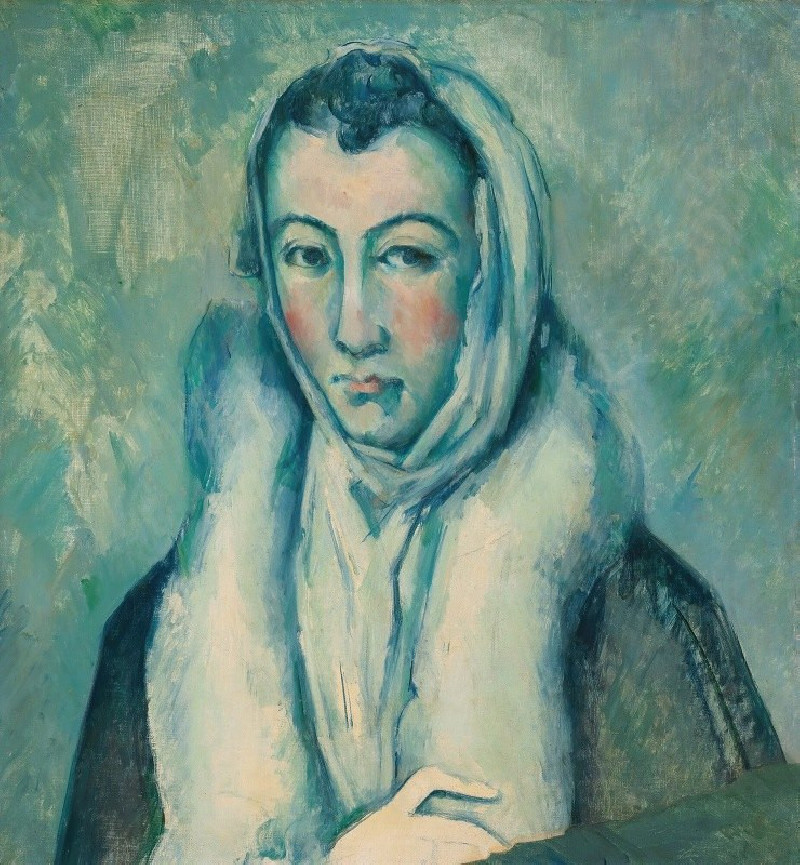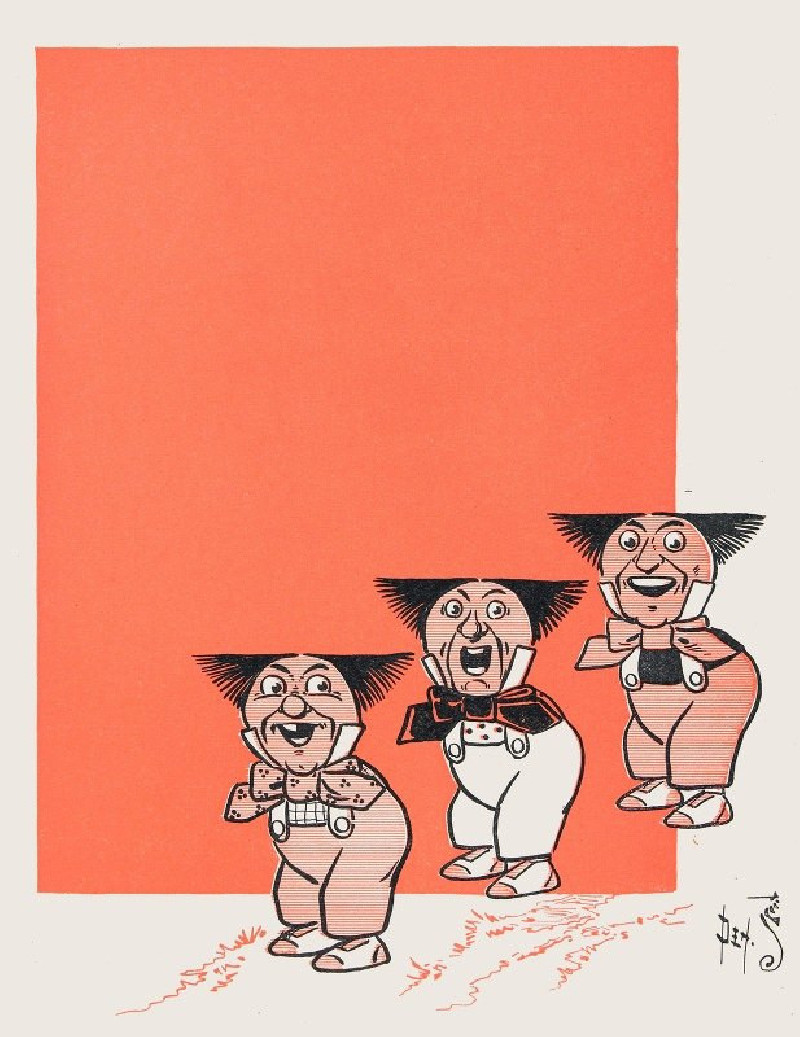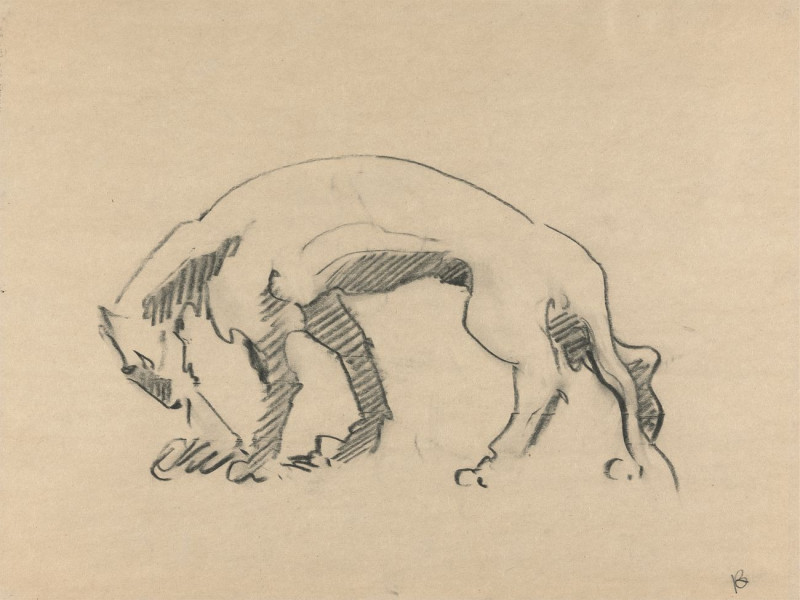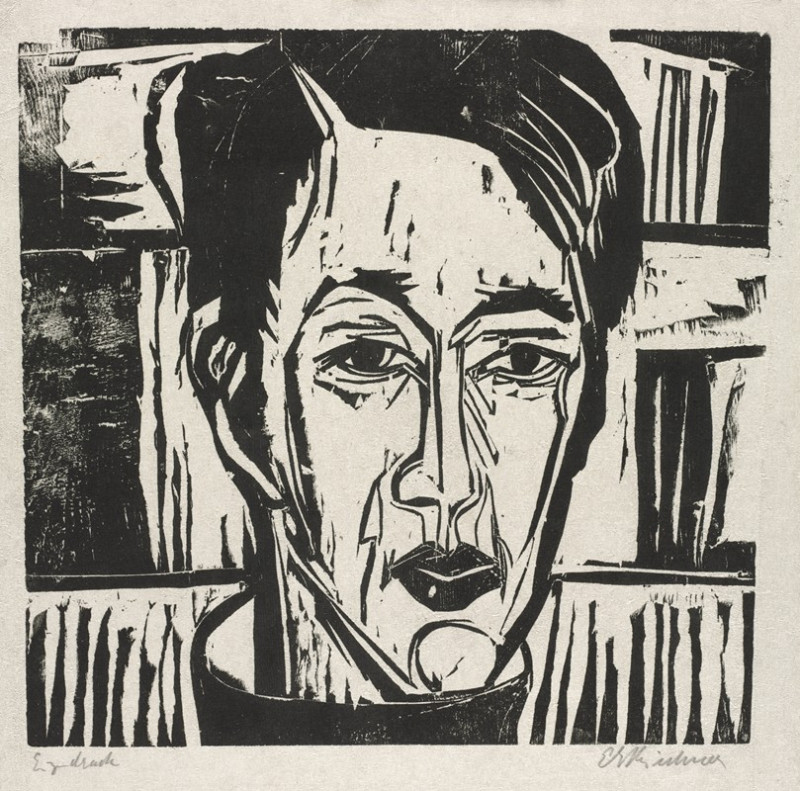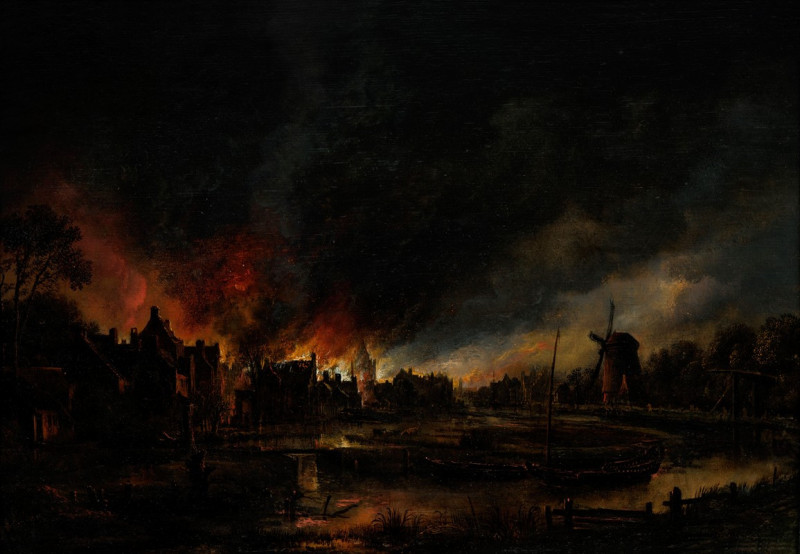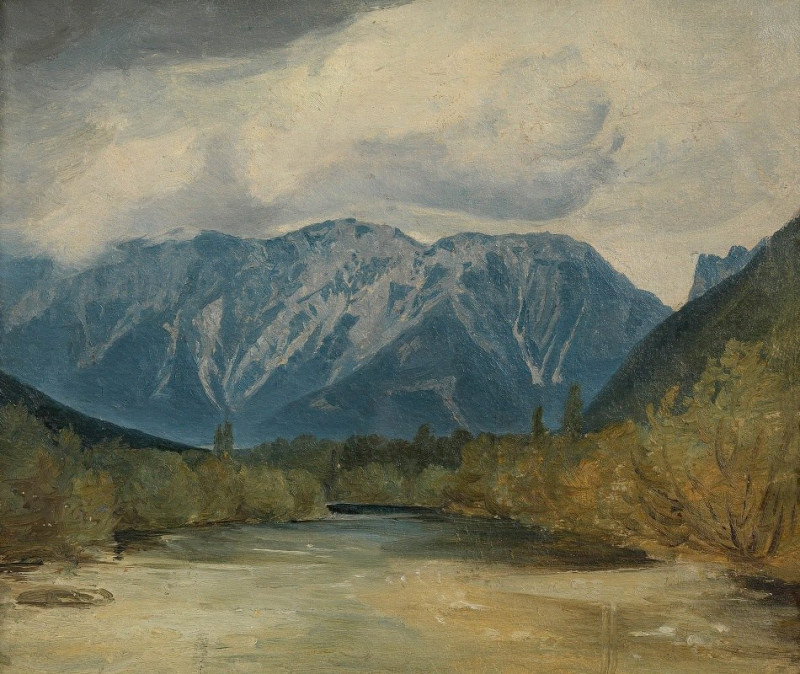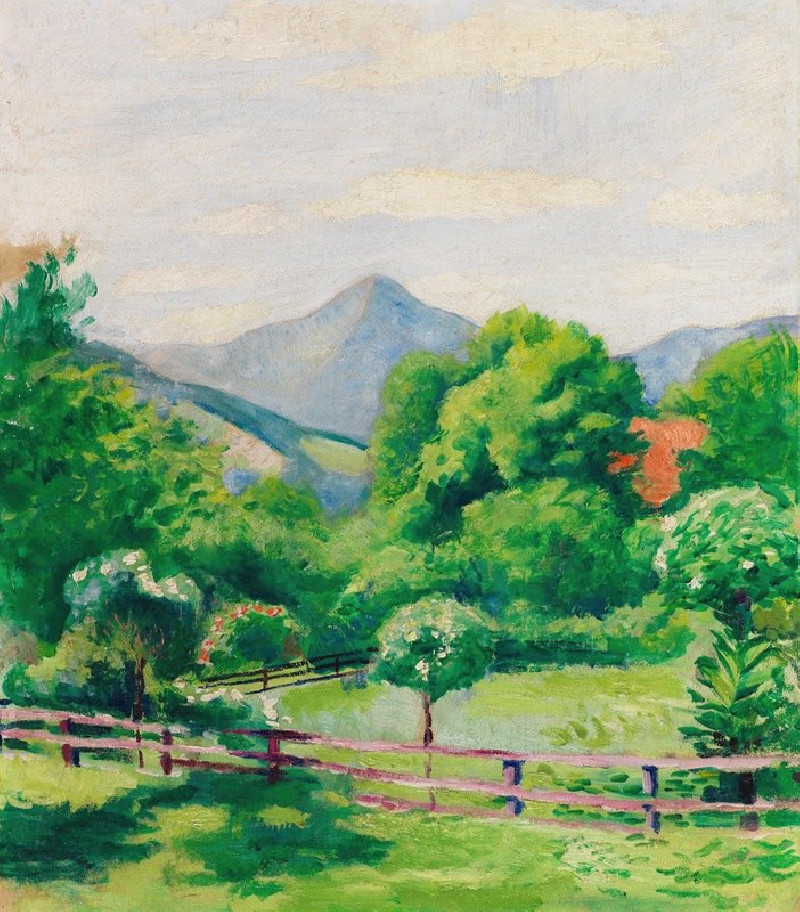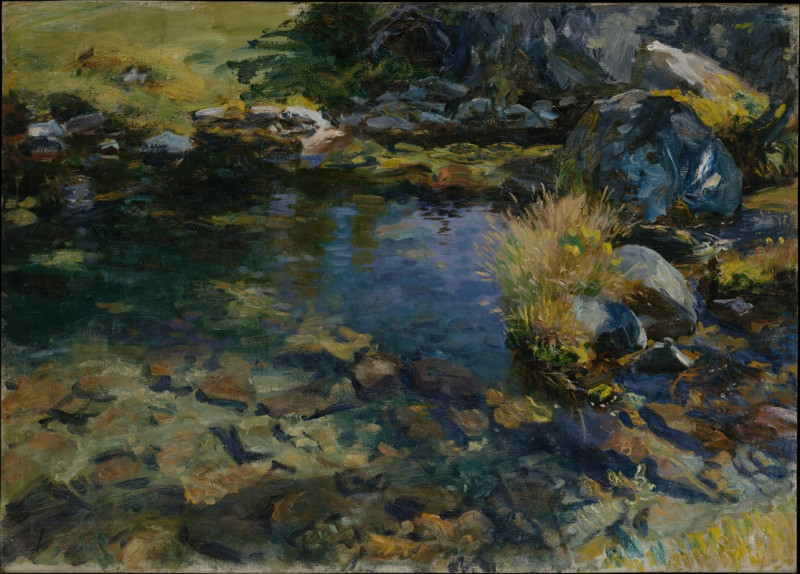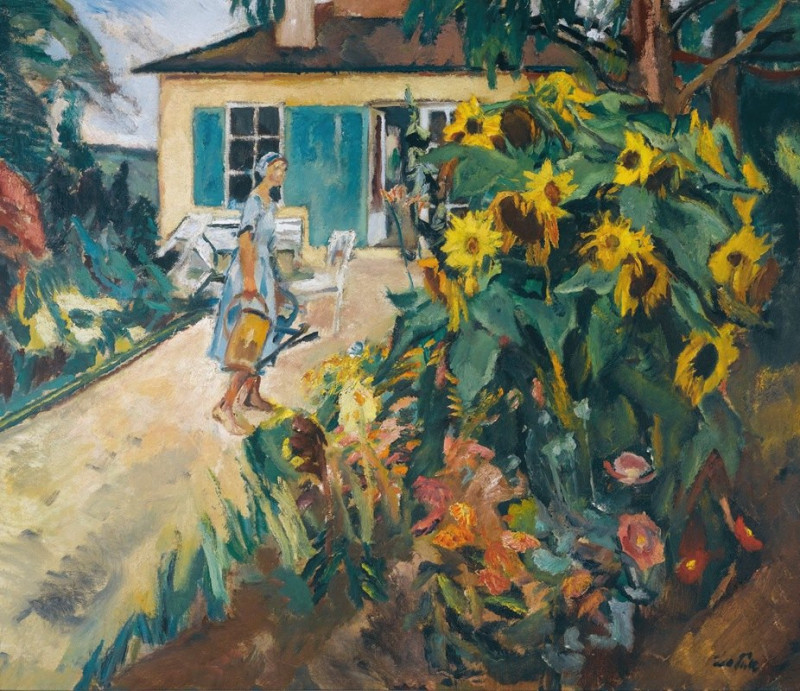The Man of Confusion (1939)
Technique: Giclée quality print
Recommended by our customers
More about this artwork
"The Man of Confusion" (1939) by Paul Klee is a compelling example of the artist's unique ability to blend abstract art with elements of surrealism and expressionism. This intriguing painting utilizes a rich palette of earthy reds and oranges, creating a background that both complements and contrasts with the enigmatic figures and forms within the composition.Central to the artwork is a figure that appears in a state of fragmentation, with parts of the body dispersed across the canvas. The face, characterized by an overtly round, one-eyed visage juxtaposed with a peculiar arrangement of lines and shapes, conveys a sense of bewilderment and curiosity. This figure could be interpreted as a symbolic representation of confusion, a theme suggested by the painting’s title.Various abstract forms and shapes surround the figure, some resembling human limbs and others ambiguous in their form, perhaps indicating the mental state of the subject or the chaos of thoughts and emotions. Klee's use of simplified, almost child-like imagery contrasts with the complexity of the emotions conveyed, inviting viewers to explore their interpretations of confusion and self-perception.
Delivery
Returns
Paul Klee was a Swiss-born German artist. His highly individual style was influenced by movements in art that included expressionism, cubism, and surrealism. Klee was a natural draftsman who experimented with and eventually deeply explored color theory, writing about it extensively; his lectures Writings on Form and Design Theory (Schriften zur Form und Gestaltungslehre), published in English as the Paul Klee Notebooks, are held to be as important for modern art as Leonardo da Vinci's A Treatise on Painting for the Renaissance.

